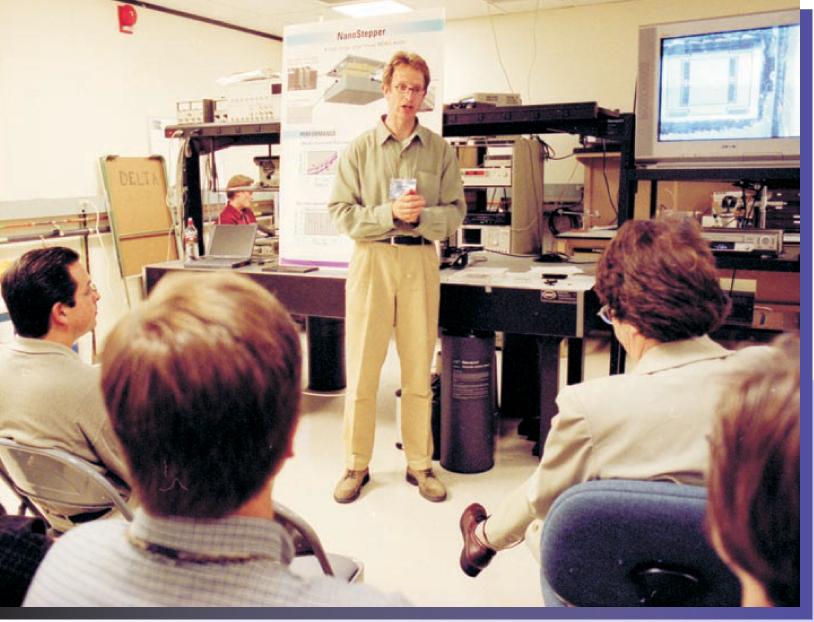Physics in the Life Sciences Is Focus of Industrial Physics Forum
DOI: 10.1063/1.1650223
Nanoscale photosynthesis, molecule cascades, and the ribosome as a protein-producing nanomachine, were just some of the life sciences-oriented topics presented at the 2003 Industrial Physics Forum and its academic–industrial workshop, held 26–28 October in San Jose, California.
Hosted by the Palo Alto-based Agilent Technologies, the annual meeting was sponsored by the Corporate Associates of the American Institute of Physics, the Industrial Physicist , and the American Physical Society’s Forum on Industrial and Applied Physics. Participants in the preconference workshop focused on the roles of industry, government, and academia in cultivating new scientists through undergraduate research.
The workshop opened with an overview of why some undergraduate physics departments thrive. The discussions, which included case studies from Rutgers University in New Jersey and Bryn Mawr College in Pennsylvania, focused on the importance of involving undergraduates in research. The National Task Force on Undergraduate Physics, which conducted site visits at 21 “thriving” physics departments, provided data for the workshop (see Physics Today, September 2003, page 38
The forum’s theme, “Physics in the Life Sciences,” underscored the increasingly intertwined nature of physics and biology. The tour of Agilent Technologies included visits to labs for research in such areas as proteomics, nanopore detection, and DNA micro-arrays. The forum’s science session included Stanford University physicist Steven Chu’s talk on how the ribosome produces proteins, while the policy session was highlighted by a presentation on the future of Silicon Valley by E. Floyd Kvamme, one of the founders of National Semiconductor and cochair of the President’s Council of Advisors on Science and Technology.
At the forum, AIP presented its Industrial Applications of Physics Prize to Rangaswamy Srinivasan, formerly at IBM Research, for “discoveries, inventions, and promotion of ablative photodecomposition for medical and materials applications.” Srinivasan, who now heads UVTech Associates in Ossining, New York, is credited with creating the field of laser eye surgery. Next year’s forum will be hosted by IBM’s T. J. Watson Research Center in New York.

A scientist explains a MEMS micro-mover to forum attendees in one of twelve research labs on the Agilent Laboratories tour.
CECELIA BRESCIA/AIP

More about the Authors
Jim Dawson. American Center for Physics, One Physics Ellipse, College Park, Maryland 20740-3842, US .
